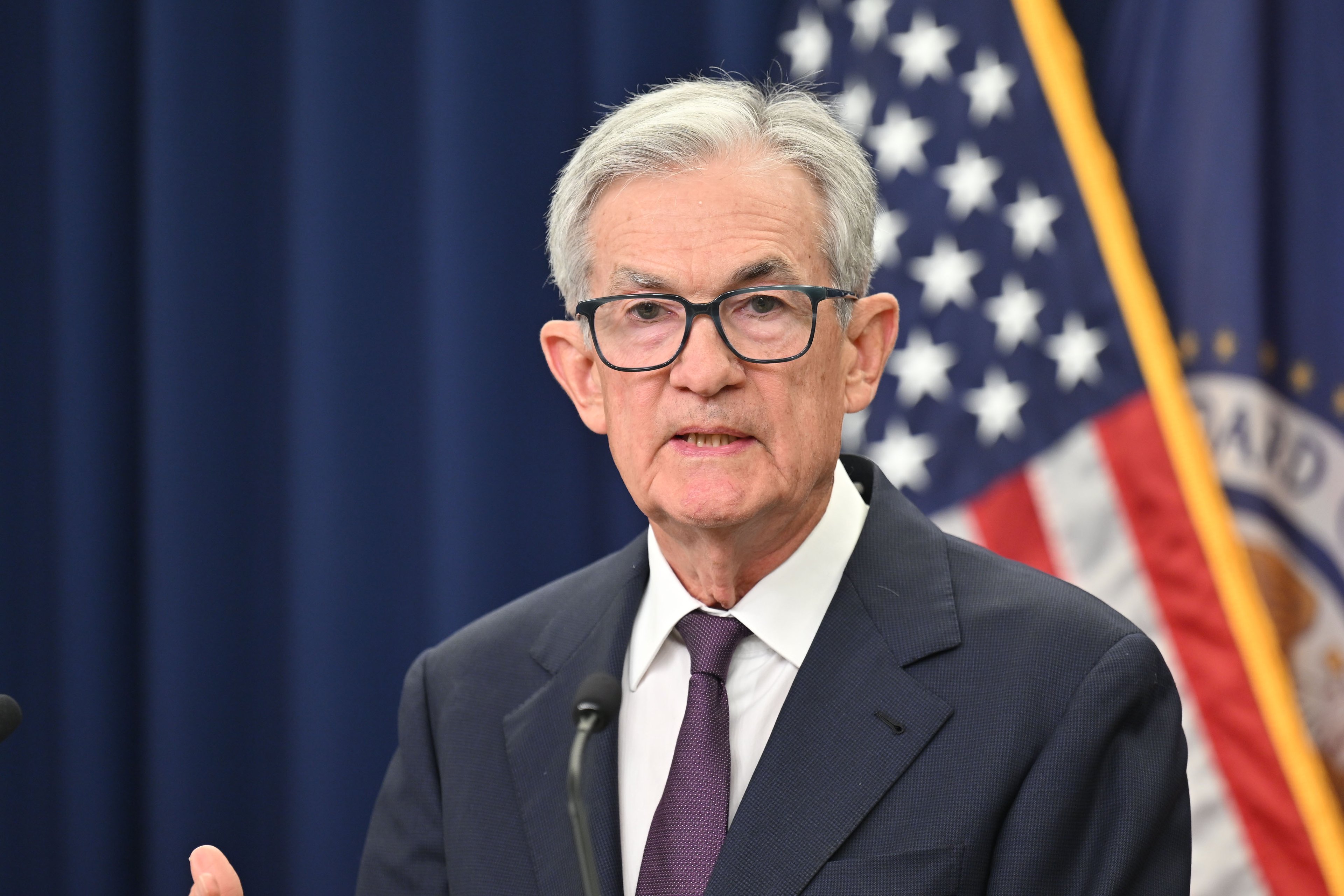Yesterday, the S&P 500 (^GSPC 1.07%) climbed above the 1,600 mark for the first time, setting the latest in a series of recent all-time record highs. But the most surprising thing about the market's move on Friday is just how long it took to get there.
It took more than 13 years for the S&P to go from 1,500 to 1,600. That's a move of less than 7%, yet it's the longest that the S&P has taken to make a 100-point move since 1985. During those 13 years, two huge bear markets got in the way of stocks' progress, and a changing of the guard led to great disparities in performance among S&P 500 stocks. Let's take a look back at market history to see just how psychologically important breaching the 1,600 mark may prove to be.
Counting by hundreds
Back in the 1990s, jumping by 100-point intervals seemed like child's play. It took the S&P from 1968 to 1985 to go from 100 to 200, but given that the market had to double to reach that new benchmark, it's easy to understand why it took so long for stocks to jump that high. The market's bull run led it to 300 by early 1987, and even the market's crash later that year didn't stop it from hitting 400 by late 1991.
From there, stocks truly exploded higher, setting new 100-point milestones several times each year. In less than five years, the S&P went from 500 to 1,500, on the back of big technology stocks that soared many times the overall return of the market.
Yet after that, investors are quite familiar with what happened next. The tech bust sent stocks crashing back to earth, and even after fully rebounding by late 2007, the financial crisis reared its head and sent stocks staggering once more. Only after a magnificent bounce from 2009's lows has the S&P 500 finally gotten past the 1,600 barrier once and for all.
Which stocks got us here?
Yet the path to 1,600 has been littered with poor-performing S&P components. Financial stocks are the obvious victims, with AIG (AIG +2.47%) and E*TRADE Financial (ETFC +0.00%) near the bottom of the list from a return standpoint. You'll also find several technology companies with losses of 75% or more over the past 13 years, demonstrating the failure of many once-ascendant young prospects to reach anything close to their full potential.
On the other hand, toward the top of the return list, you'll find many old-economy stocks that were largely out of favor in 2000. Reynolds American (RAI +0.00%) has soared almost 2,500% since then, having overcome the threat of major tobacco-litigation losses largely unscathed. Pharmacy benefit manager Express Scripts (ESRX +0.00%) has climbed more than 2,200%, with several health-insurance companies also posting strong performance as the health-care industry has changed to favor companies that help manage costs of providing medical services.
How long until 1,700?
Bullish investors certainly hope that it won't take another 13 years for the S&P to reach 1,700. Yet investors will simply have to wait and see whether we've broken a logjam that will rapidly lead to successive 100-point milestones in the months and years to come.






